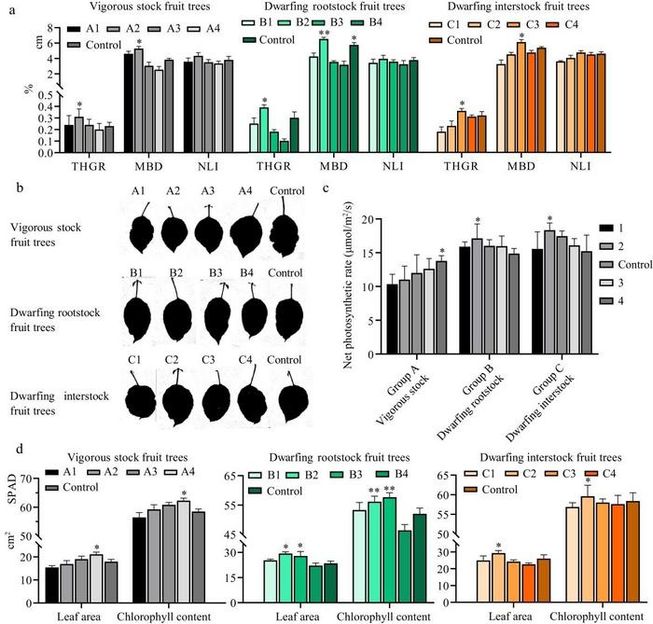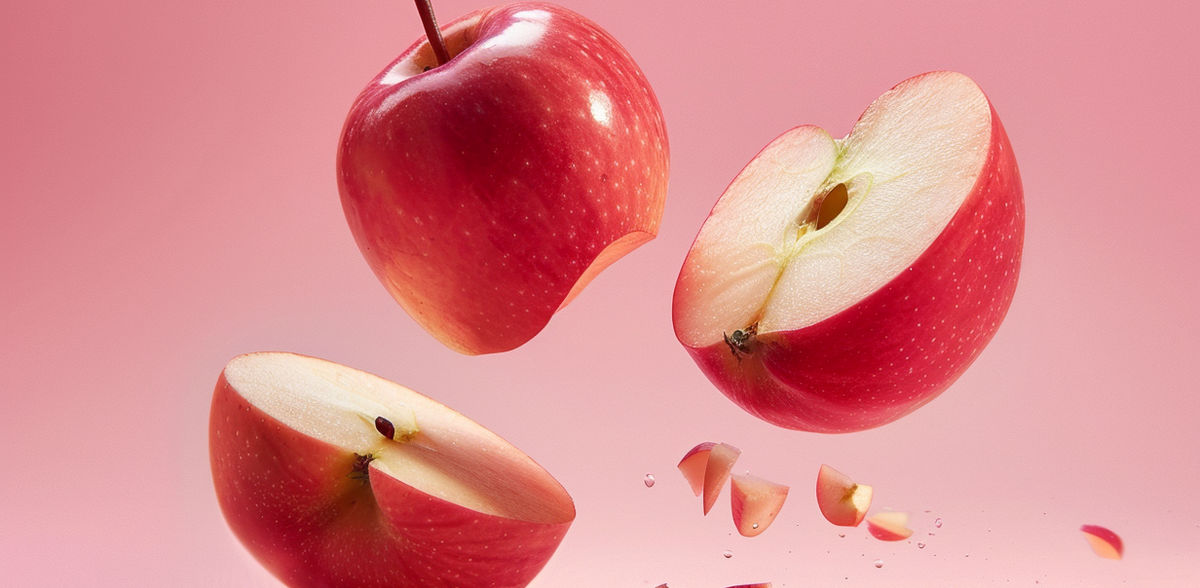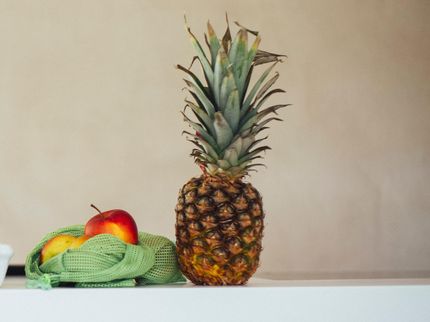Optimizing apple production
The interplay of crop load, rootstock, and chemical thinning on 'fuji' apples
Advertisement
Apple (Malus × domestica) is globally valued for its taste and nutrition, yet achieving optimal quality is challenging due to the impact of factors like crop load and rootstock on fruit development. Current research focuses on the individual effects of these factors and the use of chemical thinning to manage crop load, improving fruit quality and tree health. However, the complexities of chemical thinning's effects on apple physiology and its interaction with rootstock and crop load dynamics are not fully understood. Identifying the optimal use of thinning agents and their impacts on apple development is essential for refining orchard management practices and enhancing apple production outcomes.

Effect of different crop load on the development of tree and leaves.
Fruit Research
In March 2024, Fruit Research published a research entitled by “Evaluating the sustainable cultivation of 'Fuji' apples: suitable crop load and the impact of chemical thinning agents on fruit quality and transcription”.
To determine the optimal crop load for sustainable apple production across different rootstock types (vigorous, dwarfing, and dwarfing interstock), researchers adjusted crop loads to various levels and assessed the effects on tree growth and fruit quality. A crop load of 320 fruits per tree for vigorous rootstocks resulted in optimal tree height growth and branch diameter. Dwarfing rootstocks showed the best results with a crop load of 110 fruits, although the length of new branch growth was not significantly affected. Dwarfing interstock trees had optimal growth with a crop load of 210 fruits. Increased crop load in vigorous rootstocks also enhanced leaf area, chlorophyll content, and photosynthetic rates, suggesting a positive correlation between crop load and leaf functionality, unlike in dwarfing rootstocks where an optimal balance was needed to maintain leaf health and photosynthetic efficiency.
Fruit quality, assessed through weight, yield, and size, generally decreased with increasing crop load, but yield per acre increased. The study recommended specific crop loads for each rootstock type to balance tree health and fruit quality: 320 fruits for vigorous stock, 90 for dwarfing rootstock, and 100 for dwarfing interstock for quality fruits exceeding 80 mm in diameter. Chemical thinning, using carbaryl and 6-BA, was identified as effective in achieving optimal crop loads, with best practices involving specific concentrations and application timings.
Additionally, transcriptomic analysis of NAA-treated fruits revealed its inhibitory effect on fruit enlargement and identified potential regulatory genes involved in hormonal pathways affecting fruit development and ripening. Overall, this approach combining practical orchard management practices with molecular insights offers a pathway to enhancing apple production efficiency and fruit quality, recommending specific crop loads and thinning practices tailored to different rootstock types while elucidating the role of NAA in fruit development processes.























































